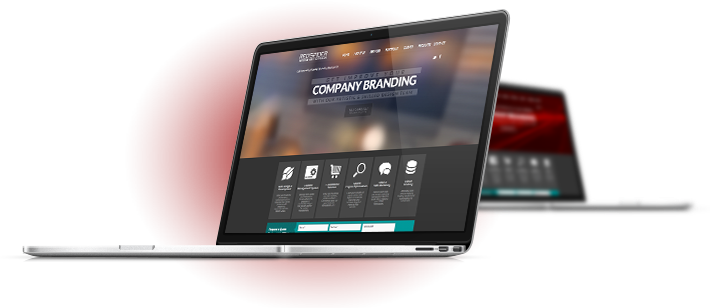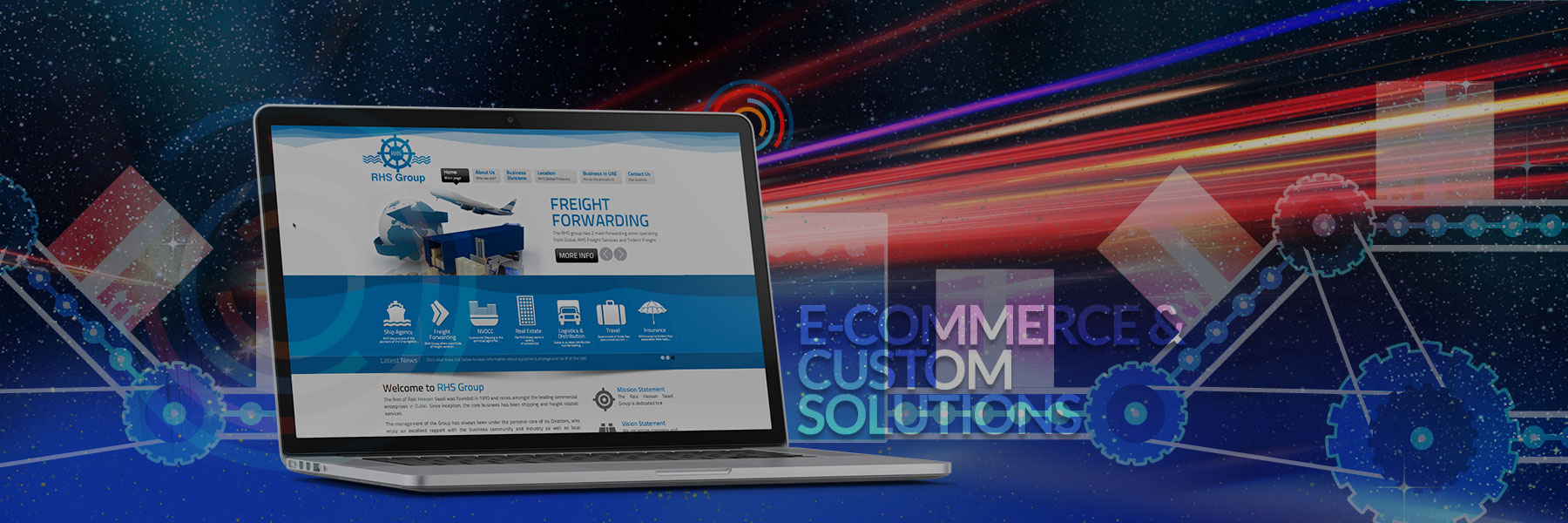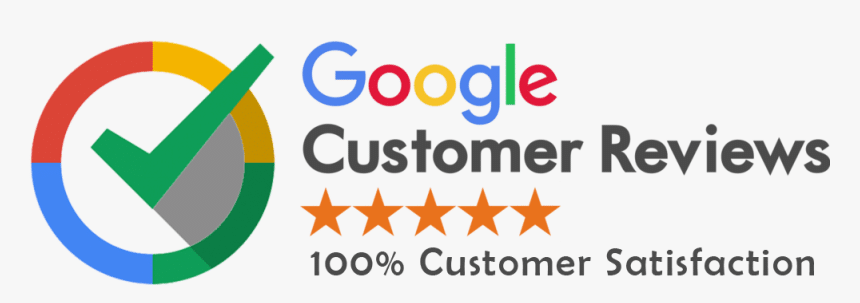Web Design Company in Dubai
We focus on quality, innovation, and speed. Red Spider is the Rated #1 Dubai Web Design & Web Development Company in Dubai. We specialize in creating websites, doing SEO, developing PHP Web Application development, custom CMS & CRM solutions, mobile apps, and eCommerce Shopify stores as well as graphic designing & branding services.
Website Development Dubai
We specialize in creating and designing mobile-friendly and user-friendly websites. Our creative web designers will develop the best
Logo Design
Custom Logo Design in Dubai – Your company logo design, perhaps, is the first thing potential customers and clients will look for when they
Brochure/Profile Design
Brochure Printing and Designing Companies in Dubai are in high demand. RedSpider offers Quality brochure Printing and Design Services in UAE.
Graphic Design Service
The Leading graphic design company in dubai. Get FREE Price Quote for your Graphics Design! Custom brochure / profile / leaflets flyer Design!
eCommerce Solutions
We develop custom web designs that are extremely unique and attractive that results in the growth of your business.
Web Hosting
RedSpider makes your website accessible online in a flash. Our state-of-the-art web hosting services offer you the best, most secure, reliable
Request a Quote
Simply complete the FORM below
and we will contact you to discuss
your REQUIREMENTS further
About RedSpider
We have qualified IT
support team
that can meet the needs of your business needs.

We've worked with
Website Design Company UAE
As a Web Design Company In Dubai situated at the core of Dubai, RedSpider is known for all website-related services. Our track record in the area of digital services has been nothing short of spectacular. We have been able to surpass our clients’ expectations because our staff has a great wealth of experience, and we have been able to synergize our potential properly for the past 10 years. Best practices and international standards are the component guidelines that have ensured our sustainable success. Keeping our clients in the loop regarding project progress is a top priority, which is why we employ project management tools to bring them up to speed about the project, so we can all be on the same page. We have earned our place in this industry as the most reliable Web Design Dubai Company concerning UI & UX. Our products are robustly developed with the newest frameworks and technologies; plenty thanks to our hardworking developers.
Our Awards
We have been recognized by one of our government-connected client as being the top Web Design Company in Dubai. By no means is this award a fluke. It was well-deserved because we have a penchant for giving our all and putting in the extra effort just to ensure we meet stipulated deadlines while delivering a final product that is devoid of any bugs or errors.
Dubai Website Development Company
We have the best crop of professional web developers who can take on any degree of a web development project. These guys have had the sort of exposure that qualifies them as top-shelf experts. Their ability to use renowned frameworks is a testament to their professionalism and expertise. They’ve grown through the ranks using platforms like Laravel, WordPress, Code-Ignitor, Site-core, Custom PHP, .NET platforms, Shopify, Magento, etc. We get maximum results and client satisfaction in all our projects because we allow clients to interact with the developers on a one on one basis where they can discuss in full details what and what they want.
Web Designers in Dubai
Are you looking for competent Web Designers in Dubai that can undertake your web-based project? If yes, then we are the right fit! We can boast of Dubai Web Designers that can communicate fluently in Arabic and English. That way, information exchange between clients and our developers will not be a barrier to the success of the project. Our designers are highly skilled in the use of Sketch, XD, and Photoshop.
Web Developers in Dubai
Unlike most agencies that outsource their web development projects, we have our Web Developers in Dubai in-house whom we can reach out to anytime we deem fit. They are available to meet with clients. We are highly skilled UI & UX Designers, Backed Developers, and Server Management teams in Dubai. Rauf Ahmad CEO Redspider manager development team.
An Experienced and Trusted Web Design Agency Dubai
We are perfect for your web solutions if you are in Dubai because we can flesh out platform-independent websites with great ease. Allowing RedSpider to handle your web project is an assurance that everything will go according to plan. As we aim to outsmart our performance, we also take cognizance of our customers’ needs by identifying their goals and elaborating their concepts through our unrivaled experience and expertise.
Personalized Web Design in Dubai
Standard, popular website templates has never been our thing because they may be disappointing to the client eventually. Individualizing your brand is what we stand for. We tailor your digital presence in such a way that it aligns with your brand strategy, as well as helping you with stunning website designs that can leverage your business strength.
Great performing websites
For all forms of websites, high-quality coding expertise is essential as it guarantees quicker response time and server stability. The professionals at RedSpider have a knack for producing neatly-written and well-structured code that promises smoother, quicker, and a better user experience. That way, these great performing sites can ensure more audiences, as well as generating more leads.
Complete Web Design and Web Development Services
You can take advantage of our full-fledged web design and web development services to rake in more profits for your business. We deploy the most effective design technology coupled with business inputs to raise the appealing nature of your website while making it easy to use. We employ industry-driven services to infuse life into your site, promising you a fusion of the best of usability and visibility on your website.
We are a company that is adept at online marketing and SEO. We develop fast-loading, stunning, SEO-friendly sites with user-friendly and straightforward navigation that can increase your traction before search engines, while stepping up traffic with high conversion rates.
Company Re-Branding
Company Re-Branding revolves around re-assessing your logo design, identity image, color and fine-tuning everything to ensure they align with contemporary designs. Re-branding has given many companies their much needed lifeline in terms of making profit. Therefore, you need to consider re-branding if your business has been lagging behind due to stale website, brochures, logo, marketing campaigns, visiting cards, etc.
Leading Web Designing Company in Dubai
Being a successful website design company, RedSpider can also be regarded as a digital agency that is located in Dubai. We have seasoned web developers who are highly skilled in the area of mobile apps, SEO and social media, and magento e-commerce services. Our track record and experience ensures your customers can access your website in the most effortless manner. We look beyond your current business goals to flesh out a website design alongside digital marketing project, representing the core promise of your brand.
Web Development Company Dubai
RedSpider is known for offering premium quality services when it comes to website design and custom development in Dubai. Set up in 2013, we have walked our way to the point of being recognized as one of the best regarding Web Design Dubai, Corporate Web App Development, Corporate Identity, as well as SEO. RedSpider has embraced a work culture that allows us provide clear, fair, and unique engagement policies, with the guarantee that you are going to start getting results as soon as possible.
Customization is all about tailoring something according to the need of the client. We are sure of boosting your chance of making profit when we customize all aspects of your project. We’ll help you optimize your website’s efficiency, speed, uniqueness, security, flexibility, scalability, and functionality optimization.
More Professional Services by Redspider
Logo Design in Dubai
We offer Best Logo Design Services in Dubai and we have large number of happy clients you can check in our portfolio.
Brochure Designing In Dubai
We offer All kinds of Brochure Design Services in Dubai and we have most experience and professional team of Graphic designers.
Ecommerce Website Development in Dubai
We are proud that we are the leading eCommerce web development company in Dubai. Checkout our ecommerce Websites portfolio.
Fast and Reliable Web hosting in Dubai
We provide fast and reliable Web Hosting In Dubai. Check our web hosting packages
Why Redspider is your development company ?
 24/7
24/7 Customer Support
 Easy
Easy Mangement
 Responsive
Responsive designs
 Customer Satisfaction
Customer Satisfaction Guaranteed















